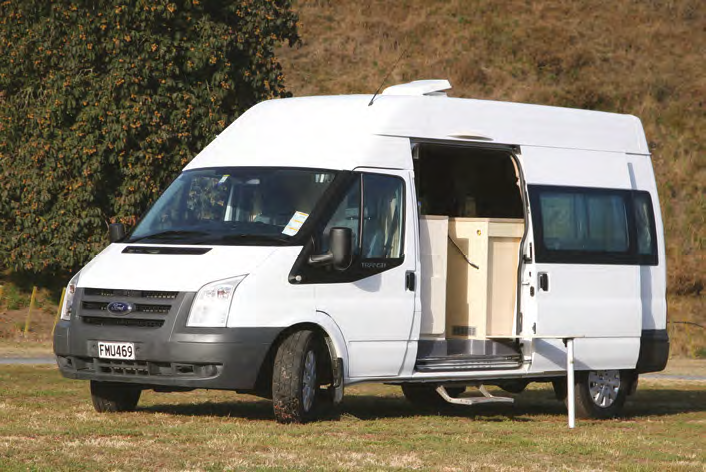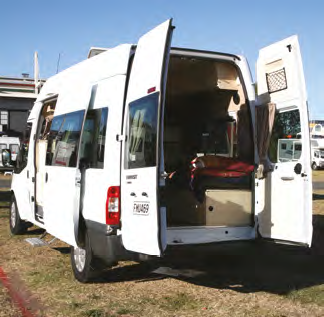
Anyone familiar with the operations of a motorhome rental company will be aware that a rental motorhome (or camper) has an interesting life cycle. Once built by us, they are put into service on the road, giving many a traveller what we hope to be an exciting holiday.
Because we strive to offer the best motorhome experience for our rental and private customers, once a motorhome reaches a certain age/kilometre reading, it is reallocated for the used market. At this point, our former rental motorhomes are still easily capable of giving many years of reliable service, and obviously more than a few buyers in Australia and New Zealand agree because our motorhomes often have a very short stay in the sales yard.
While some might baulk at purchasing a motorhome that’s been used by any number of people, we reckon that since our motorhomes are built for intense use in the rental market, then they’re going to give a buyer good service too.
A slight oddity in the motorhome business is that an RV that has been used often is frequently in better mechanical condition than one that has been parked up for an extended period of time. One of the problems that arise from standing idle is that the seals and lubricants can dry up.
One of the major advantages of purchasing a former rental motorhome is that it’s possible to try before you buy using the simple expedient of hiring one of our existing fleet that is the same as the model you are considering. A short holiday over several days will give you a very good idea of whether you like the motorhome layout or not. It’s also an excellent way to get used to driving a motorhome.

If you have flexibility in your travel plans, then a tip from us is to try and organise one of our cheaper relocation deals by transporting a motorhome from one depot to another where it’s needed for the next rental.
Take your time and thoroughly check a prospective purchase. Have a slow walk around the outside to make sure everything is in good shape. Then do the same inside by opening and closing everything. If in doubt about the function of anything, then ask the dealer or seller to show you. Get an understanding of how the various bed configurations are made up, too.
If you’re not planning on doing a test rental holiday, then spend time actually just sitting in them and in your mind (if not practically) go through the motions of actually living in the van. Think about the position of everything and whether the layout will be convenient for your particular needs.
Have a good look at the mechanicals, under the bonnet and underneath the vehicle. Make sure you have a small torch with you. Even if you are not mechanically minded, look for any signs of misuse. Have a good look around the driver’s cab; is it clean and tidy and does everything work as it should? Things like battery terminals often give a clue as to how well a vehicle has been maintained.
Take the motorhome for a test drive in as many road conditions as you can fi nd, not just around the block. Try and do this a few times with different motorhomes so that you get used to the various noises and rattles that a motorhome can produce. Many are quite normal and usually fixed by a rolled towel in the right place but others might indicate something more serious.
If you think the mechanicals are okay, but you’re not necessarily qualified yourself, arrange for an inspection by your state’s motoring organisation or someone suitably qualified.

Once you’re happy with everything, then it’s time to sit down at the negotiating table, but we’ll leave that entirely up to you and wish you all the best for life on the road in your new acquisition.
Category: Features
Written: Thu 01 May 2014
Printed: May, 2014
Published By: